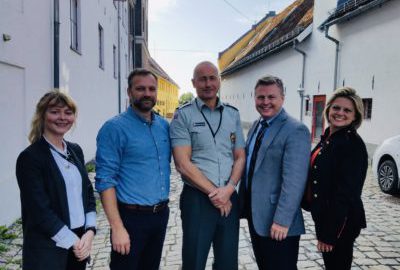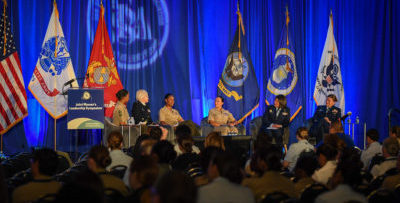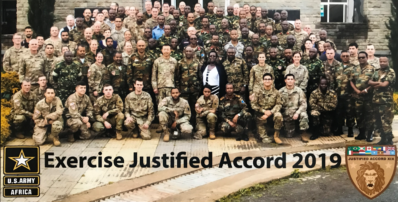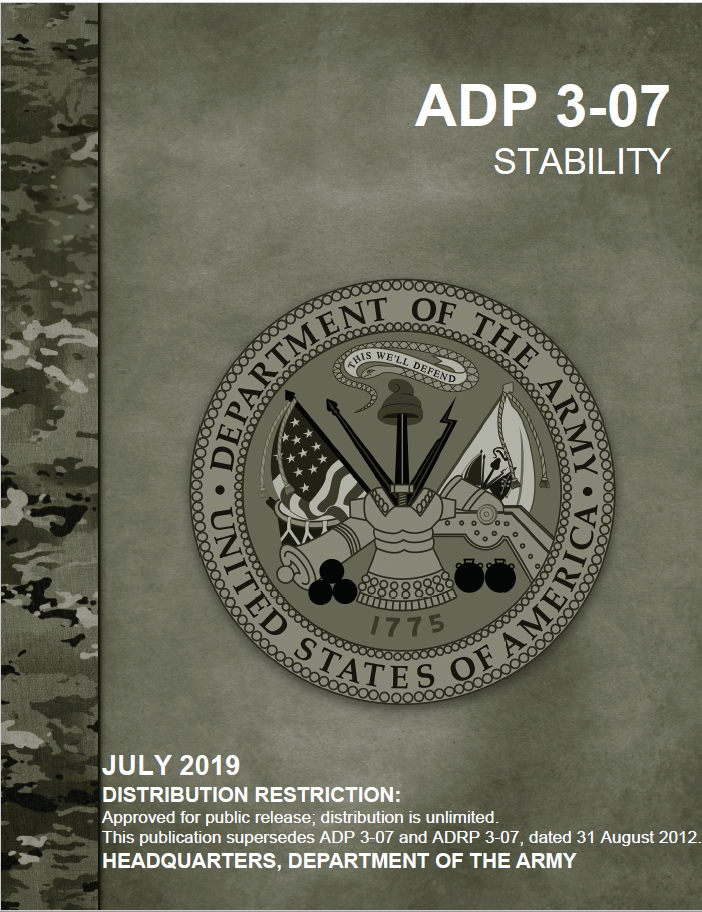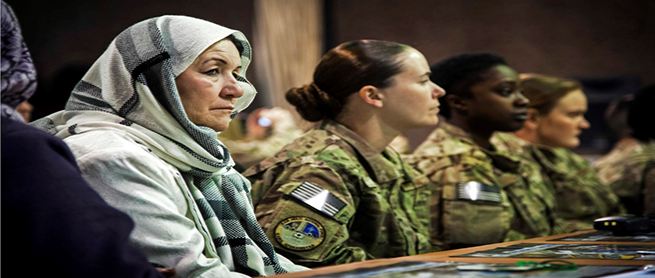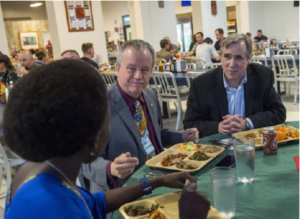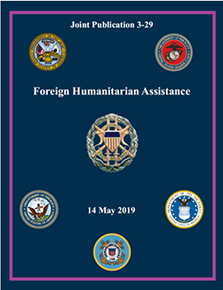“Reflecting and Reshaping Protection of Civilians in Nato”
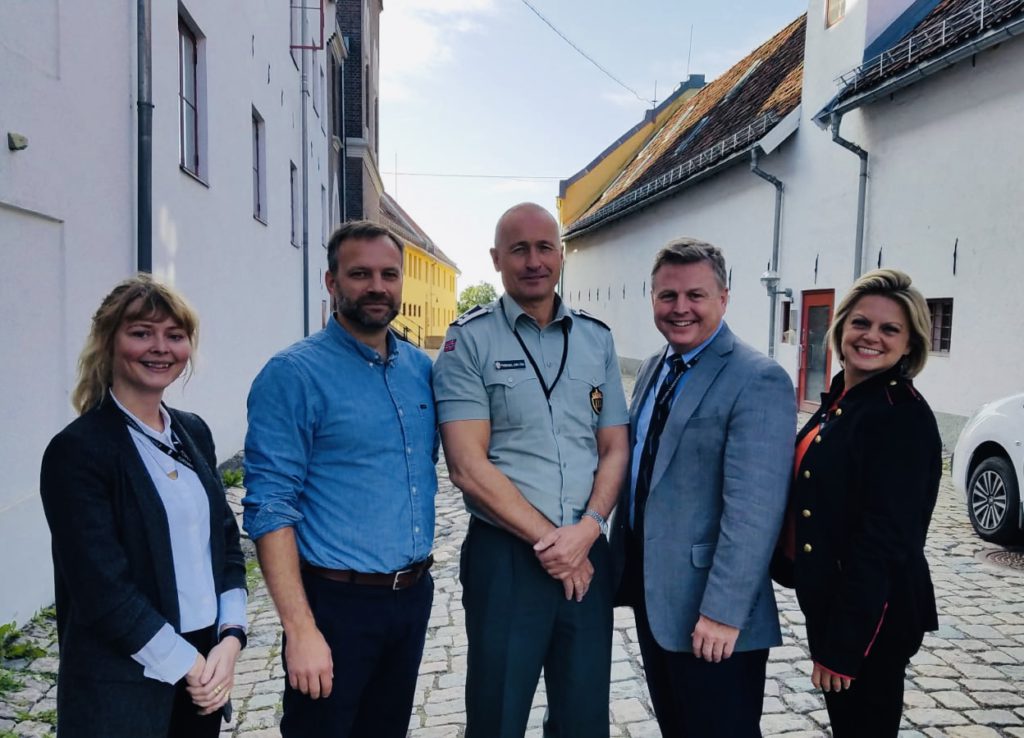
Ms. Claire Hutchinson, NATO Special Representative of the Secretary General (SRSG) for Women, Peace and Security hosted a conference attended by over 70 academics and practitioners from the Protection of Civilians (PoC) community of interest. PoC within NATO includes all efforts taken to avoid, minimize and mitigate the negative effects that might arise from NATO and NATO-led military operations. It also includes efforts to prevent conflict-related sexual and gender-based violence. Panel members from NATO Allied Command Operations, Norwegian Defence College, NATO Office of Legal Affairs, Geneva Centre for Security Policy, Center for Civilians in Conflict, and Humanity and Inclusion assessed past PoC efforts and identified potential future initiatives. PKSOI’s Sarah Petrin presented ideas on the way ahead to include NATO HQ, with a critical role to play in setting the future direction of the POC policy, sustaining robust engagement with the international community and civilian actors, including non-governmental and international organizations on the front lines of protecting civilians. Similarly, NATO should continue raising public awareness of PoC in countries where NATO is actively engaged. Both recommendations support the NATO Policy and Action Plan 2017-2020 that contains several objectives for a coherent, consistent, and integrated approach to PoC. The conference served as a start point for the incorporation of changes to PoC policy currently under consideration. The role and prioritization of associated cross-cutting topics (CCT), such as Cultural Property Protection (CPP) and human trafficking, are being examined.
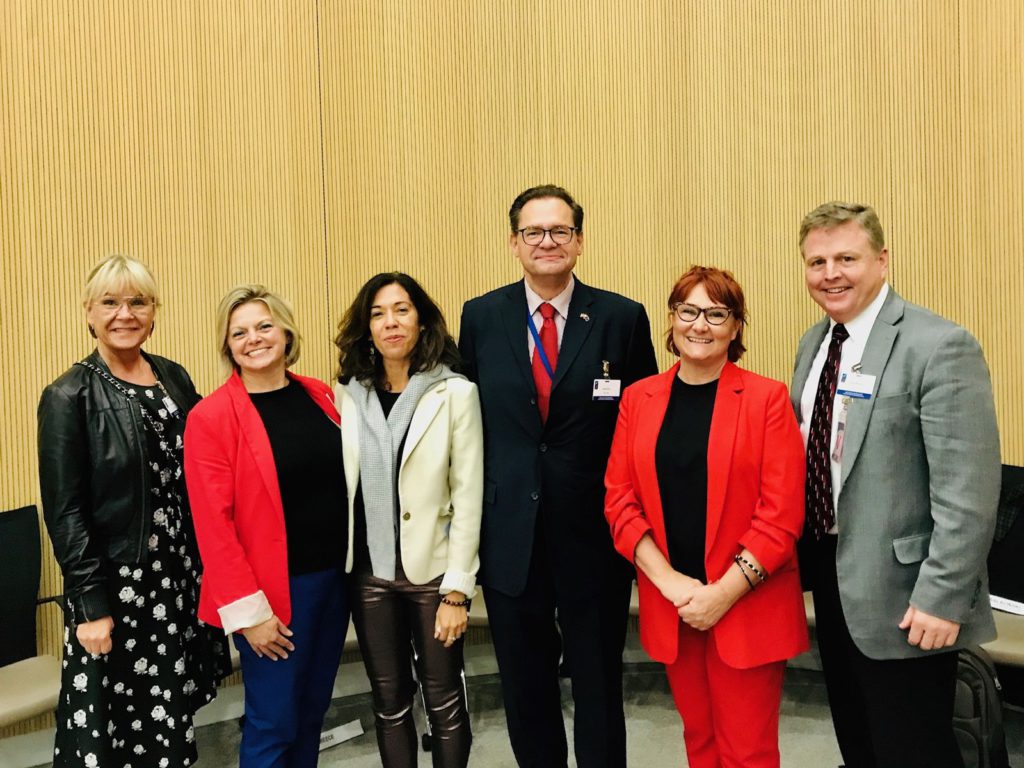
In conjunction with the PoC conference, PKSOI Analysts Sarah Petrin and George McDonnell met with members of the Norwegian Defence International Centre (NODEFIC) on September 17, 2009 in Oslo, Norway. With LtCol (NO) John Otto Pederson – NODEFIC Director, Stian Kjeksrud – Senior Lecturer United Nations (UN) Peace Operations, and Sine Vorland Holen, Researcher and Senior Advisor, the group discussed mutual capabilities, priorities, and concerns. In addition, areas of potential collaboration for Human Security training and leader development were identified. NODEFIC is a knowledge and training center offering expertise and individual training on UN and NATO operations. NODEFIC is a component of the Norwegian Staff College and is shifting its focus to state-centric threats to national security.
